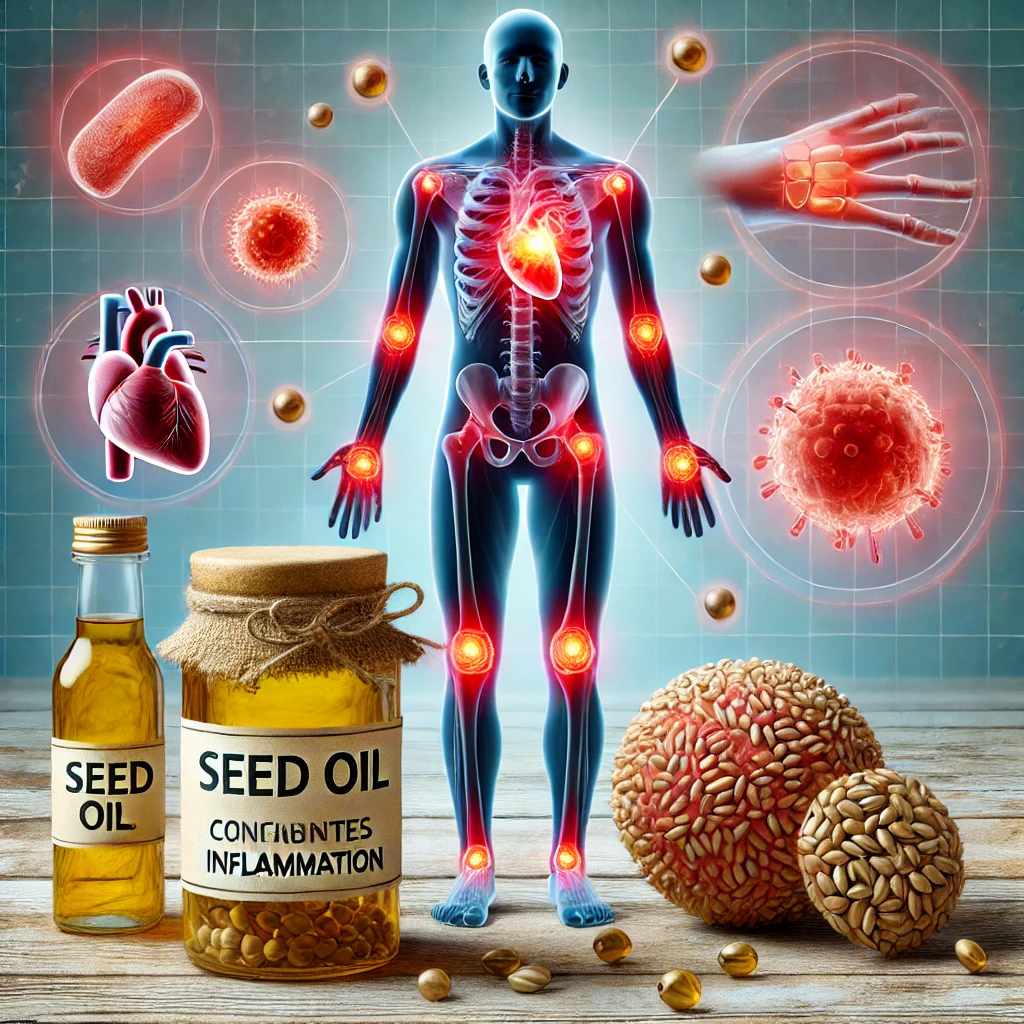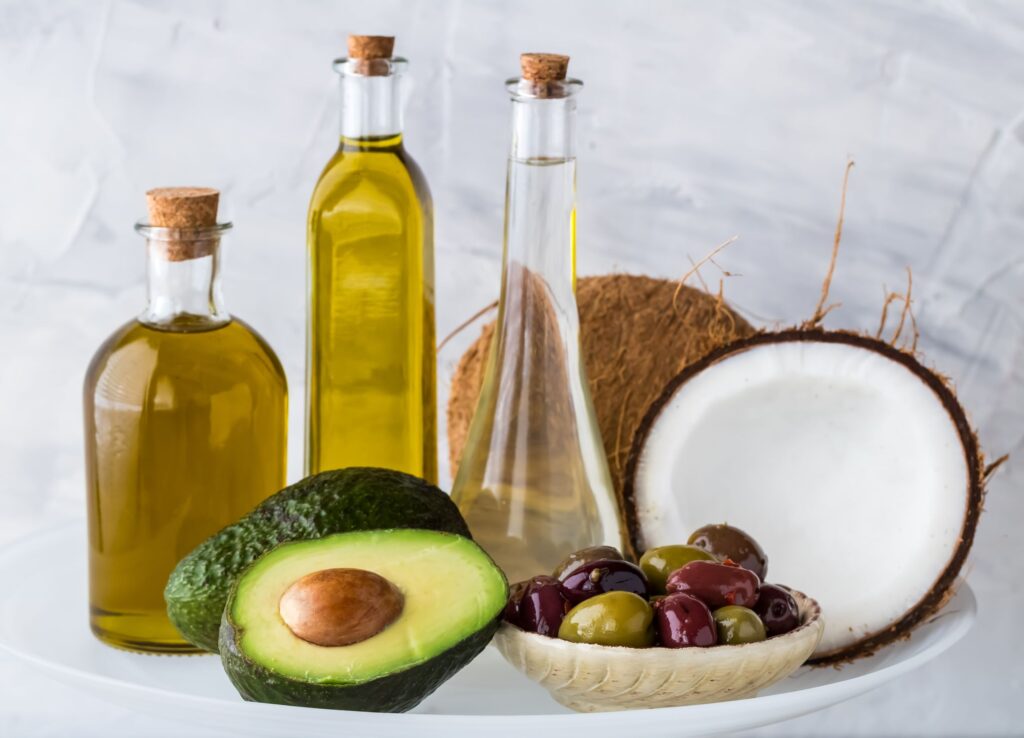Hello there! Today, I want to talk about something that might seem pretty ordinary but is important to understand: dangers of seed oils. These are oils made from seeds like soybeans, sunflowers, and canola. You might have seen them in your kitchen or on food labels, and I used them too. At first, I thought they were a healthy choice, but I soon learned more about them and their potential health risks.
What Are Seed Oils?
Seed oils come from seeds of plants like soybeans, sunflowers, and canola. They are often used in cooking, baking, and as ingredients in processed foods. I used to think they were great because people often say they are healthy, but I found out that might not be the case. Seed oils can contain a lot of something called omega-6 fatty acids. While our bodies need some omega-6, too much can be harmful. I started looking at the seed oils in my diet and how they might affect my health.

Common Types of Seed Oils
In my research, I found out there are some seed oils that show up a lot in foods and cooking:
- Soybean Oil: Often used in cooking and salad dressings.
- Sunflower Oil: Found in frying foods and processed snacks.
- Canola Oil: Popular for baking and used in some salad dressings.
- Corn Oil: Common in cooking and snack foods.
- Cottonseed Oil: Found in processed snacks and margarine.
These oils can hide in so many foods, which surprised me! Reading ingredient labels showed me just how common they are, especially in packaged foods.
Why Are Seed Oils a Concern?

After learning about seed oils, I wondered why some people say they might not be good for us. One big reason is that seed oils have a lot of omega-6 fatty acids, which can create an imbalance in our bodies. Our bodies need omega-6 and omega-3 fats, but they need to be balanced. Too much omega-6 can cause problems like inflammation, which might lead to health issues over time.
Here are some possible seed oil side effects of too much omega-6:
- Increased Risk of Heart Disease: Eating too many foods with omega-6 can put extra strain on the heart.
- Weight Gain and Obesity: High levels of omega-6 may lead to extra weight and make it harder to stay at a healthy weight.
- Insulin Resistance and Type 2 Diabetes: When the body becomes less responsive to insulin, it can lead to blood sugar problems.
These risks made me think about how seed oils could be affecting me. I wanted to understand more, so I kept looking into how they might impact overall health.
Seed Oils and Inflammation
Inflammation is how our bodies respond to things like infections or injuries. Learn more about seed oils and inflammation. Sometimes, inflammation can help us heal, but when it lasts too long (called chronic inflammation), it can cause health problems. Seed oils, especially when eaten in large amounts, can lead to more inflammation in the body. This can make certain health issues worse, such as:
- Heart Disease: Inflammation in the heart and blood vessels can increase the risk of heart problems.
- Cancer: Some experts believe that seed oils might make it easier for tumors to grow.
- Arthritis: For people with joint pain, extra inflammation can make it worse.
- Asthma: Inflammation from seed oils might also affect the airways and make asthma symptoms worse.
Knowing these dangers of seed oils, I decided to learn about other options for cooking oils that might be healthier. Explore more about how bad are seed oils to further empower yourself
Choosing Healthier Oils

After I learned about the dangers of seed oils, I wanted to find better alternatives. Here are some oils that are thought to be healthier:
- Olive Oil: This oil has antioxidants and healthy fats that can support good health. It is great for low to medium heat cooking and salads.
- Coconut Oil: This oil has special fats called medium-chain triglycerides (MCTs), which can give us energy.
- Avocado Oil: With a high smoke point, avocado oil is good for cooking at higher temperatures and is rich in healthy fats.
- Butter or Ghee: While these are animal fats, they can be a good choice in small amounts for adding flavor to foods.
I started using these oils more in my cooking and noticed they worked well, especially for cooking at different temperatures. Learn more in our article about seed oils and olive oil.
How to Spot Seed Oils in Foods
One thing I learned is that seed oils are often labeled as “vegetable oil” on ingredient lists, which can make it tricky to identify them. Checking labels carefully has become a helpful habit for me. Here are some names that might mean a food has seed oils:
- Vegetable Oil: This can mean oils like canola, soybean, or corn oil.
- Sunflower Oil: From sunflower seeds, it is often used in snacks.
- Safflower Oil: This is similar to sunflower oil and also high in omega-6.
- Cottonseed Oil: Used in some snacks and processed foods.
- Grapeseed Oil: An oil from grapes often used in cooking.
Reading labels closely helps me pick foods without seed oils. Many processed foods have these oils, so I try to choose whole, natural foods whenever I can.
Tips for Avoiding Seed Oils
Avoiding seed oils might sound hard, but it is not impossible. Here are some tips that helped me avoid the dangers of seed oils:
- Cook at Home: Making meals at home lets me choose my own ingredients and oils. It is an easy way to avoid seed oils and stay in control of what I eat.
- Choose Whole Foods: Foods like fruits, vegetables, lean meats, and whole grains do not usually have added oils. Sticking to these foods helps me avoid seed oils and eat healthier.
- Read Food Labels: Before buying packaged foods, I always check the ingredients to see if they have seed oils. Many snacks, sauces, and dressings use these oils, so reading labels is important.
- Pick Healthier Oils: When cooking, I stick to oils like olive or avocado. These oils have health benefits and work well in most recipes. Comparing seed oils and olive oil provides a clearer picture of healthier options.
Why Reading Labels Matters
Reading labels is one of the best ways to stay informed. By checking labels, I can see if a product has seed oils. Knowing what I am eating helps me make choices that are better for my health. Here are some things I look for on labels:
- Ingredients: Seed oils are often listed toward the end of the ingredient list.
- Nutritional Facts: Understanding the types of fat in a food helps me know if it is a healthy choice.
Making Healthier Choices
Learning about seed oils has helped me make better choices for my health. Swapping them for oils like olive and coconut oil has made a difference in how I feel. It is not always easy to avoid them, but with a little effort, I feel more confident about what I eat.
In the end, my journey with seed oils has been about learning and making choices that support my health. By understanding if Seed Oils are bad and how they might affect us, we can all make healthier decisions. Eating well does not have to be complicated; it just means choosing the right foods and oils. With a bit of attention and care, anyone can make small changes that add up to big health benefits.

